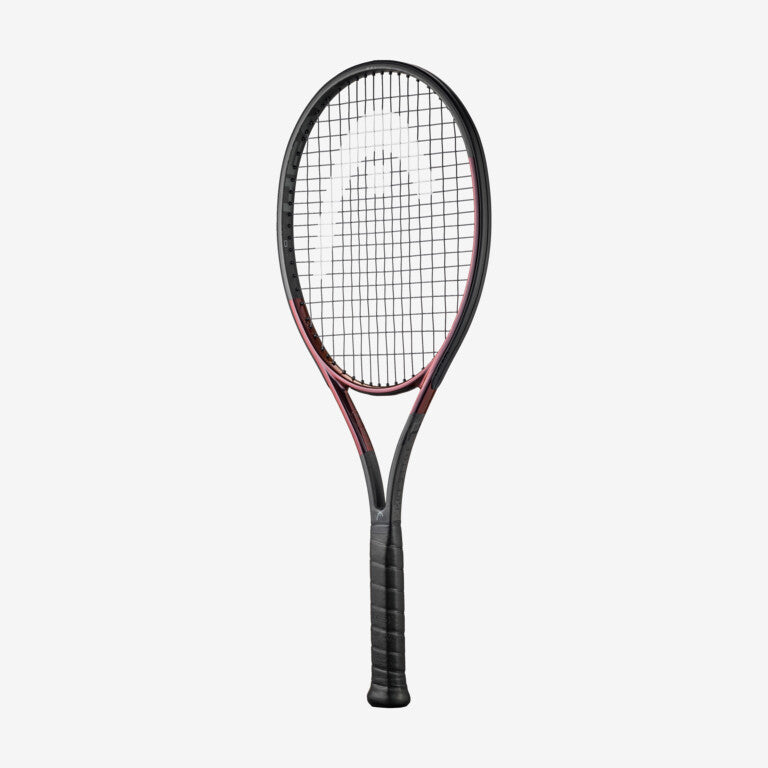Head’s Prestige line has long been a standard-bearer for player’s racquets, the traditionally stiff, heavy, low-power category of racquet meant for all-court precision. It lies opposite of the midplus category that caters to the needs of the baseline-heavy modern game, which includes lighter, more flexible racquets with bigger head sizes and open string patterns. In a bid to modernize the Prestige line, Head has made some concessions to the average modern player. The result is the Prestige MP Light, a lighter, more forgiving frame that retains the slick feel and bullseye sweet spot of a traditional player’s racquet.
Strokes
The Prestige MPL was immediately more playable than a typical Prestige frame. Despite its “Light” designation, the MPL weighs 10.6 ounces (300 grams) unstrung, which is spot-on for a standard midplus racquet, and at 99 square inches, the headsize is exactly what I’m used to hitting with. I did need an adjustment period: this is indeed a player’s racquet, with player’s racquet feedback. Off-center shots went nowhere, although with the racquet’s feel I easily located where on the racquet those off-center hits were landing (mostly around the throat). Once I got more strings on the ball—that is, once I cleaned up my sloppy footwork—I got good depth on my strokes. Though the MPL is the lightest of the new Prestige line, it has just enough heft that I didn’t feel abandoned by my lack of technique despite its low power.
As always, on-center hits are the big deal with player’s racquets. Whenever I found the sweet spot on the MPL I was rewarded with a plush, pocketed feel, and a depth of shot that made me feel like a contender. Access to spin was average, and I had to exaggerate my follow-through to give better shape to the ball, especially on my forehand.

Volleys and Serve
I’m not a net player, but with the MPL I wanted to be. If a stiff, low-power frame feels like swinging a piece of wood at the baseline, the tradeoff is that sticking volleys feels like sinking nails with a hammer. I wasn’t pushed back by heavy passing shot attempts, and as long as I got the racquet moving forward and on target the rest took care of itself.
The MPL exposed my serve the most. With the more generous head size, I didn’t mishit as many serves as I’d feared, but I had to generate all the pace myself. I likely wouldn’t have held up in the long haul of a singles set, let alone a match.
Summary
The Head Prestige MPL is an ideal entryway for experienced players who know their game and aspire to, but haven’t quite reached, the level of technique a consummate player’s frame demands. It has the rock-sloid stability, hefty plow-through, and nimble net play of a Prestige racquet in the shape of a modern midplus frame. Old school players looking to transition to a modern frame but reluctant to downgrade their feel should also give it a look.



